Numerous studies have shown that an average of 1 in 3 practicing physicians is suffering from symptomatic burnout on any given office day, worldwide, regardless of specialty.
Burnout is the canary in the coal mine of modern health care. There is no other profession where the health of the provider is more closely linked to the quality of the services we provide. New research evidence is pointing to differences in the symptoms of burnout depending on your gender. This is important information for everyone in health care to be aware of. Before I get to the differences between the sexes... a little background.
The three classic signs and symptoms of Burnout are measured by a standardized evaluation; the Maslach Burnout Inventory (MBI). They are:
1) Emotional Exhaustion
The doctor is tapped out after the office day, hospital rounds or being on call and is unable to recover with time off. Over time their energy level begins to follow a downward spiral.
2) Depersonalization
This shows up as cynicism or a negative, callous, excessively detached response to their job duties. Often burned-out doctors will begin to blame and complain about their patients and their problems.
3) Reduced Accomplishment
Here the doctor starts to question whether he/she is offering quality care and whether what he/she does really matters at all.
As more female doctors move into the workforce, researchers are beginning to notice differences in the way Burnout presents in men and women. If you think for a moment about the three scales of the MBI, you will probably be able to imagine the differences. Here is what groundbreaking research published in 2011 is showing.
NOTE: This study is based on practicing physicians. There is good reason to believe the following burnout symptom patterns are true in ANY stressful profession such as therapists, law enforcement, military personnel and even parenting. In my work with over-stressed and burned-out physicians, I have noticed these different symptom patterns and this is the first study to document them in detail.
The Female Pattern:
Women seem to follow the classic three-part pattern of the MBI above -- in that order.
Stage One:
Burnout in female doctors starts with emotional exhaustion. Women traditionally support others in numerous areas of their lives, at home and at work. There is only so much energy and giving to go around.
Stage Two:
Depersonalization and cynicism. This is a dysfunctional coping mechanism. It feels somewhat better for an instant in time and yet does nothing to relieve the feeling of exhaustion. Cynicism is especially difficult for women to keep up for very long before stage three kicks in.
Stage Three:
Reduced accomplishment and doubting the quality of their practice and the difference their work makes in their patients lives.
The Male Pattern:
Stage One:
Men more commonly start with depersonalization and cynicism, which serves as a coping mechanism for overwhelming stress. "My patients are such a bunch of $%@+!%." This is, again, a dysfunctional response to the inherent stress of being a doctor and is only a temporary relief. After all, these are the people you spent decades learning to serve.
Stage Two:
Emotional exhaustion follows. It worsens until they are no longer able to cope.
Stage Three:
By comparison to the female burnout pattern, men's stage three is remarkable for its absence. Male physicians are far less likely to feel that the symptoms of stages one and two affect the quality of the care they offer. This leads to a cynical, exhausted male physician who keeps going despite burnout because he feels he is still a "good doctor." This lack of a phase three allows them to continue to practice in denial of their distress despite the exhaustion and cynicism their coworkers and patients witness on the job.
If you are a practicing physician -- or a worker in any job you where you are feeling stressed -- here are the early warning signs of burnout to watch for.
Women:
Exhaustion and a feeling of not being able to recharge your batteries, followed by early signs of blaming your patients or clients.
Men:
Cynicism and blaming your patients or clients, followed by exhaustion and falling energy and engagement.
When you notice these signs, take a breath and a break. Recognize them for what they are -- burnout. This is a cue to step back, take better care of your own personal needs and create some boundaries for a more balanced life. You, your staff, your patients and your family will be glad you did.
Dike Drummond, M.D. is a family physician, entrepreneur and executive coach. He provides stress management, burnout prevention and leadership development services to physicians and other healthcare professionals through his website, The Happy MD.
For more by Dike Drummond, M.D., click here.
For more healthy living health news, click here.